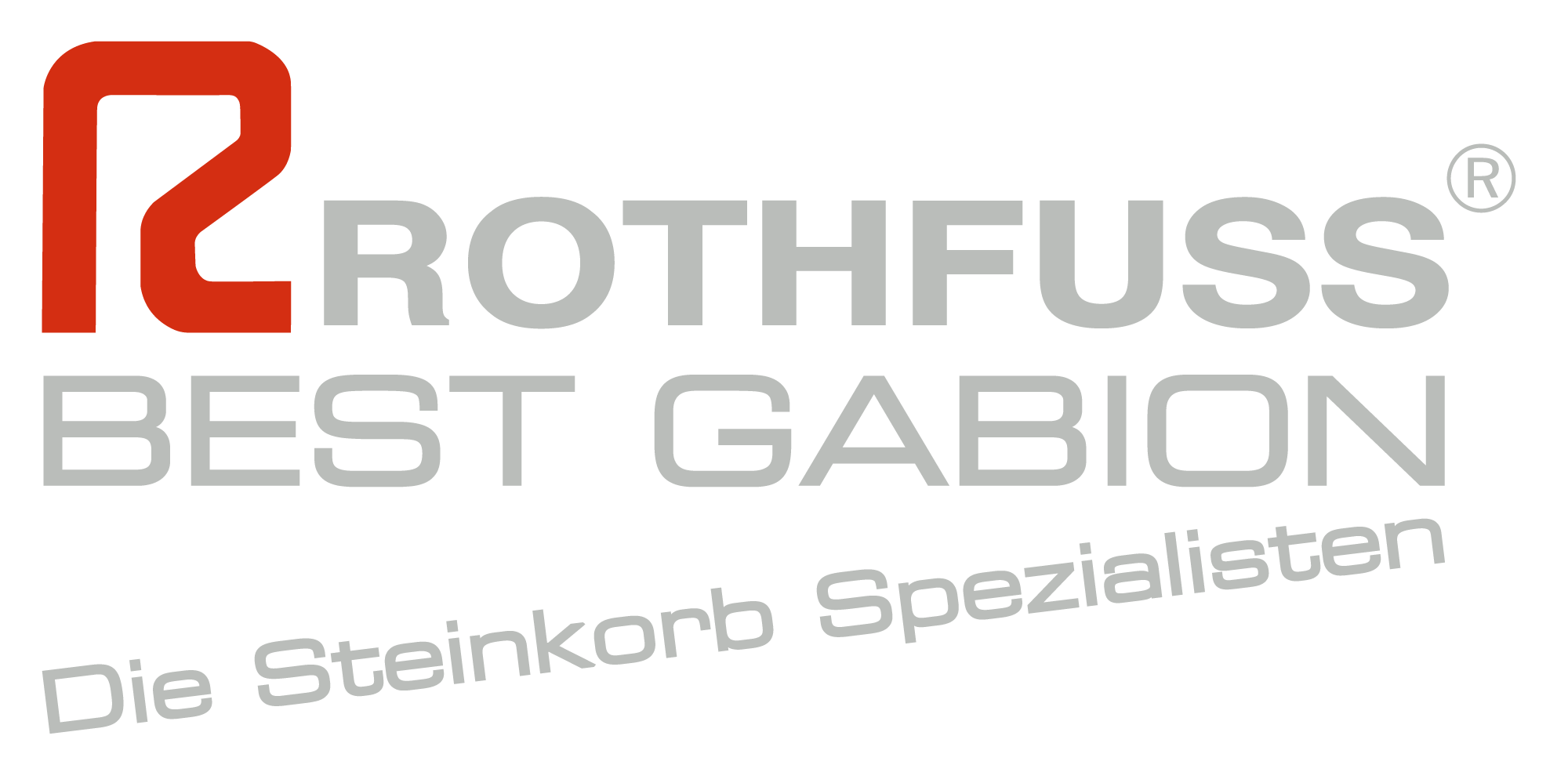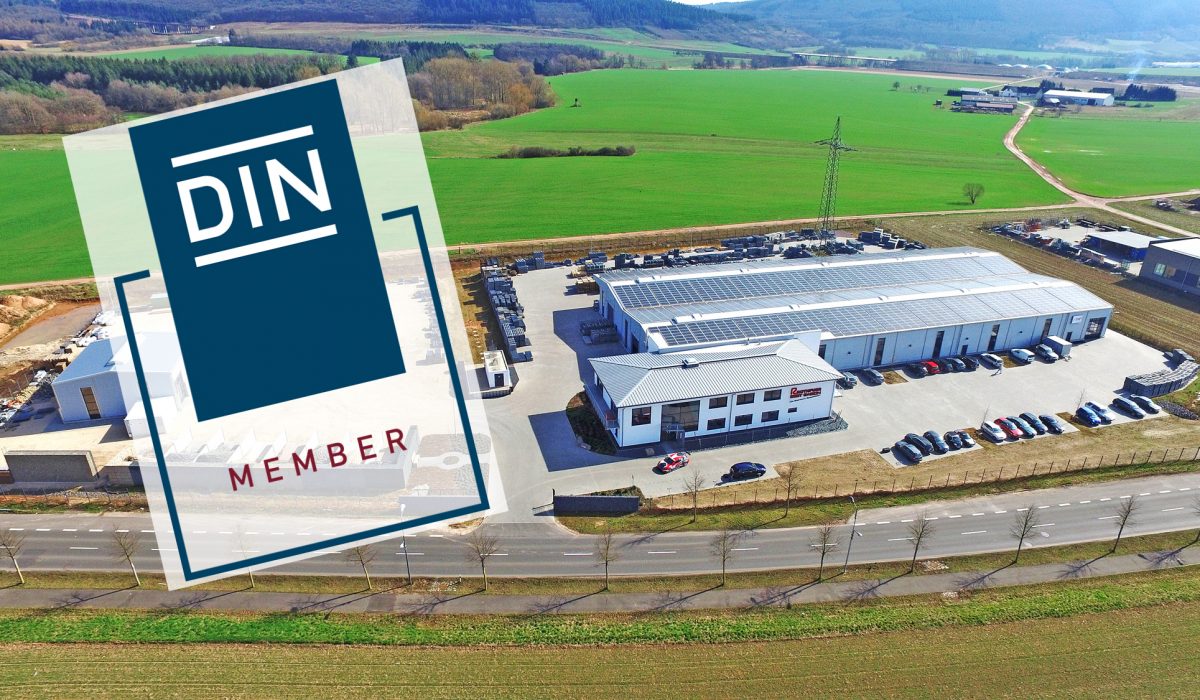Since the first of April this year, Rothfuss Best Gabion has been a member of the German Institute for Standardization (DIN). As a DIN member, we support the tried and tested system of standardization both ideally and financially, thus helping to ensure that DIN remains independent. Companies involved in standardization ensure the competitiveness of the German economy and can align and optimize their processes, products or services accordingly from the outset.
By applying standards, companies gain global market access as well as planning and investment security. With standards, companies can bring innovations to markets faster, ensure their quality and reduce costs. But standards also have a big value for the general public, as they ensure safety and take into account the interests of consumers, health, safety and environmental protection.
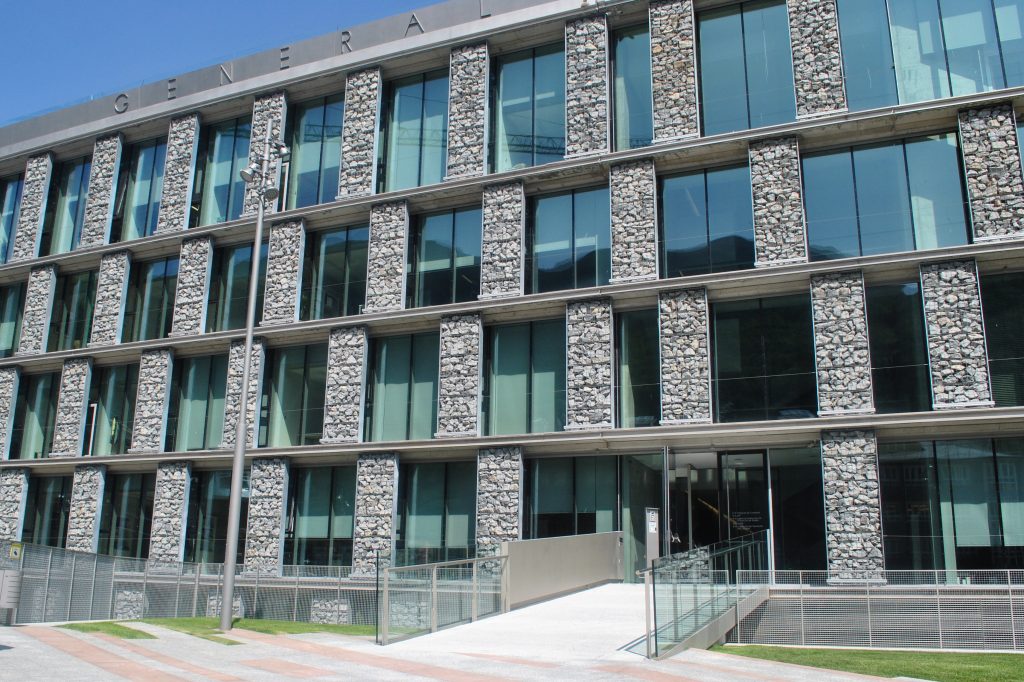
Standardisation is a common task for all economic operators. By participating, we can
– bring our own interests
– gain an edge in knowledge
– exchange information with other interested parties and
– have a say when it comes to the technical design of laws and regulations.
Steel wire and products made of steel wire are manufactured or processed worldwide and are used in a wide range of applications. Typical processing options for steel wire include the manufacturing of wire ropes, wire pulleys, wire meshes for gabions, fences, screws and much more.Their safety, availability, compatibility and interchangeability are ensured by appropriate standardization.
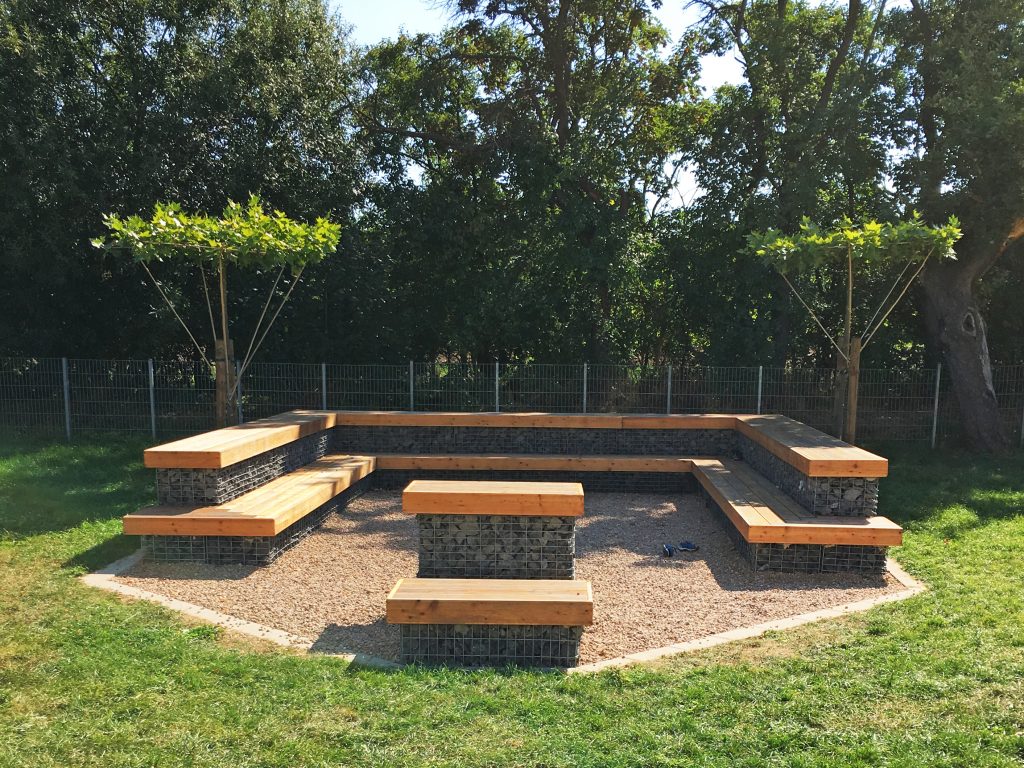
The DIN Standards Committee for Steel Wire and Steel Wire Products (NAD) is responsible for national (DIN), European (CEN) and international (ISO) standards in the areas of alloyed and unalloyed steel wire, products made of unalloyed steel wire (nails, wire meshes, etc.) and wire ropes, including rope end connections and sling ropes.
The technical work in the NAD working committees is carried out by experts from business circles, institutions and associations. Anyone can participate in the NAD working committees in accordance with the guideline for DIN standards committees and comment on the published standards and draft standards.
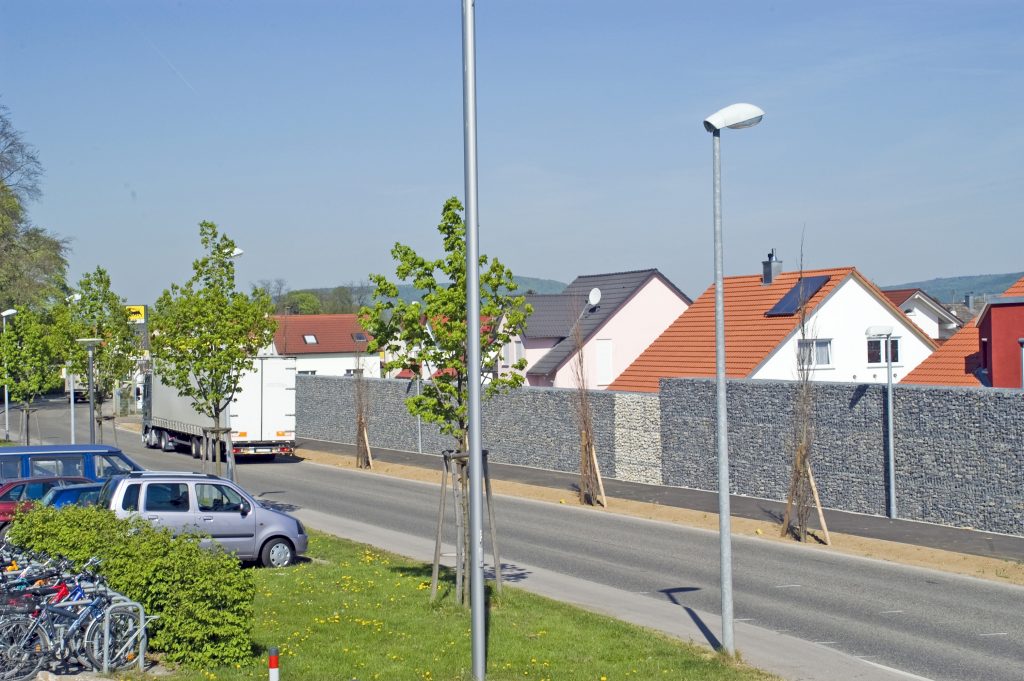
We are pleased that a member of our management was accepted into the NAD working committee “NA-099 Stahldraht” and thus works as an expert in this committee. In addition, our expert was delegated from DIN to an ISO or CEN committee. DIN represents German interests in European standardization with CEN (European Committee for Standardization) and in international standardization with ISO (International Organization for Standardization). About 85 percent of all standardization projects today have a European or international background. International standards represent a common technical language between trading partners and thus promote worldwide trade.

DIN briefly explained:
Who is DIN?
The German Institute for Standardization e.V. (DIN) is the independent platform for standardization in Germany and worldwide. As a partner of industry, research and society, DIN makes a significant contribution to supporting the marketability of innovative solutions through standardization – be it in topics related to the digitization of industry and society or within the framework of research projects.
Around 34,500 experts from industry and research, consumers and the public sector contribute their expertise to the standardization process, which DIN manages as a privately organized “project manager”. The results are market-driven norms and standards that promote global trade and serve rationalization, quality assurance, the protection of society and the environment, as well as security and communication.
DIN was founded in 1917 and celebrated its 100th anniversary in 2017.
What is a standard?
A standard is a document that defines requirements for products, services or processes. It therefore creates clarity about their properties, facilitates the free movement of goods and promotes exports. It supports rationalisation and quality assurance in business, technology, science and administration. It serves the safety of people and things as well as the improvement of quality in all areas of life.
One of the best-known examples of standards is certainly the DIN format. Everyone knows DIN A4. Among other things, the standard ensures that paper fits into every printer, copier or stapler. The formats were already published in 1922 and are today an international classic.
We look forward to a lively exchange in the various committees.
